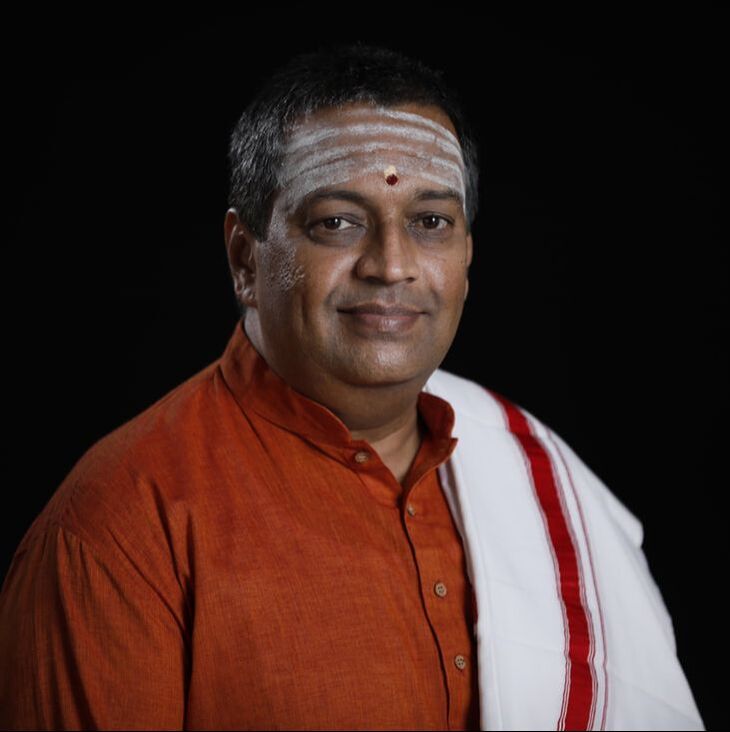Mridangam Classes
What is Mridangam?
The mridangam, an ancient instrument, can be traced back in Indian mythology, where it is said, it matched the sound of Gods dancing. The name, in Sanskrit, means 'mrid' – clay, 'angam' – body, refers to its original form. Today, it is the main percussion instrument in Carnatic Music, and is used to accompany vocalists as well as an accompaniment for Bharatnatyam and other forms of Indian dance.
It is a double-sided drum whose body is usually made using a hollowed piece of jackfruit wood. The two ends of the drum are covered with goatskin membranes and laced to each other with leather straps. These two membranes are dissimilar in width to allow for the production of both bass and treble sounds; the smaller membrane, when struck, produces higher pitched sounds with a metallic timbre, while the wider aperture produces lower pitched sounds. The combination of two inhomogeneous circular membranes allows for the production of unique and distinct harmonics.
It is a double-sided drum whose body is usually made using a hollowed piece of jackfruit wood. The two ends of the drum are covered with goatskin membranes and laced to each other with leather straps. These two membranes are dissimilar in width to allow for the production of both bass and treble sounds; the smaller membrane, when struck, produces higher pitched sounds with a metallic timbre, while the wider aperture produces lower pitched sounds. The combination of two inhomogeneous circular membranes allows for the production of unique and distinct harmonics.
Our Mridangam Tutors
Begin Your Journey Today
Want to enrol in SIFAS? Become a member and register as a student.
Contact UsSingapore Indian Fine Arts Society
2A Starlight Road, Singapore 217755 TEL: +65 6299 5929 FAX: +65 6295 1238 Media and partnership contact details: [email protected] |
Begin Your Journey TodayWant to enrol in SIFAS? Begin your classes as soon as the start of next month! Become a member and register as a student: |
Find UsInformation is correct at the time of publication.
Copyright of SIFAS 2023. |

